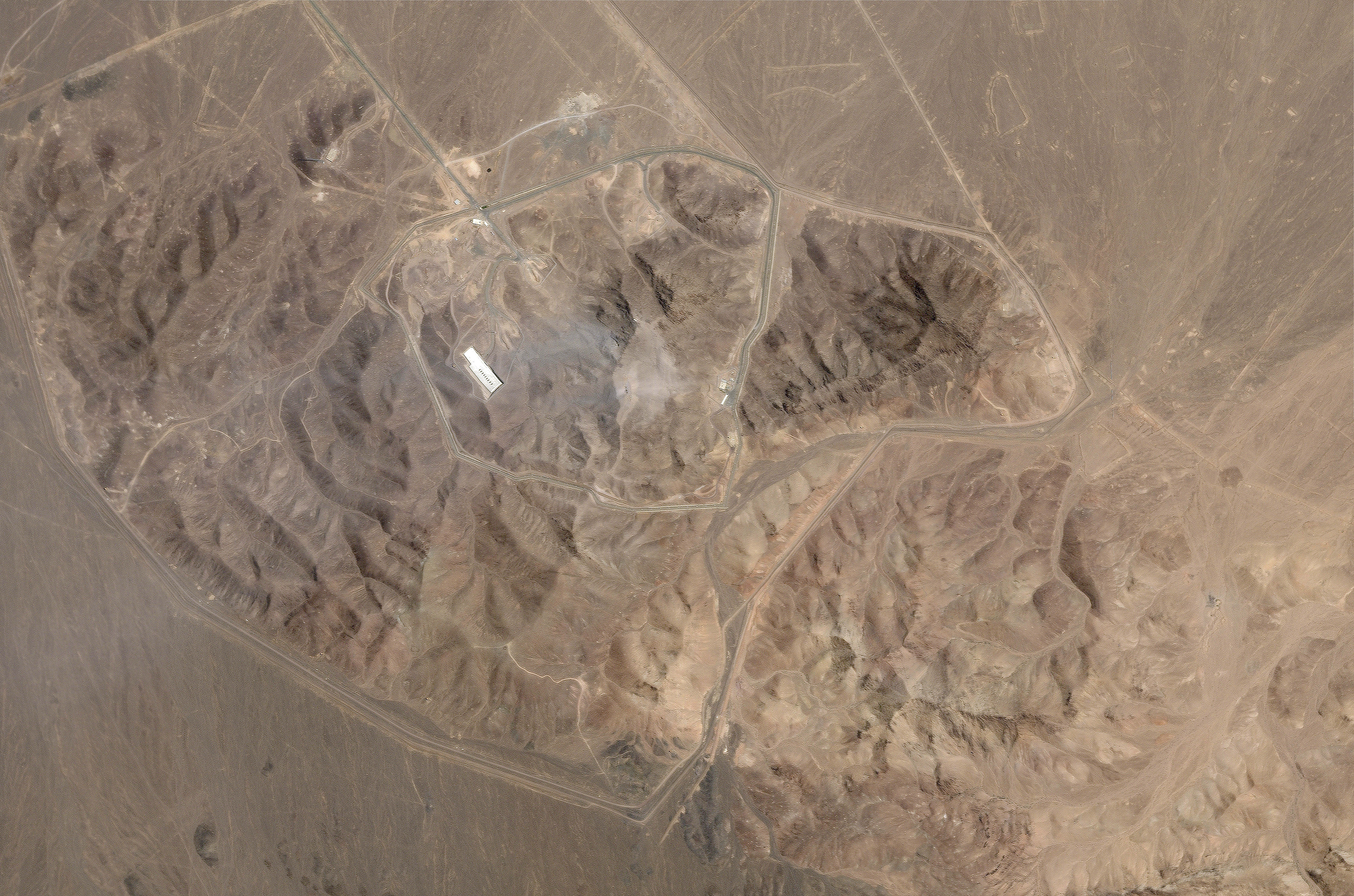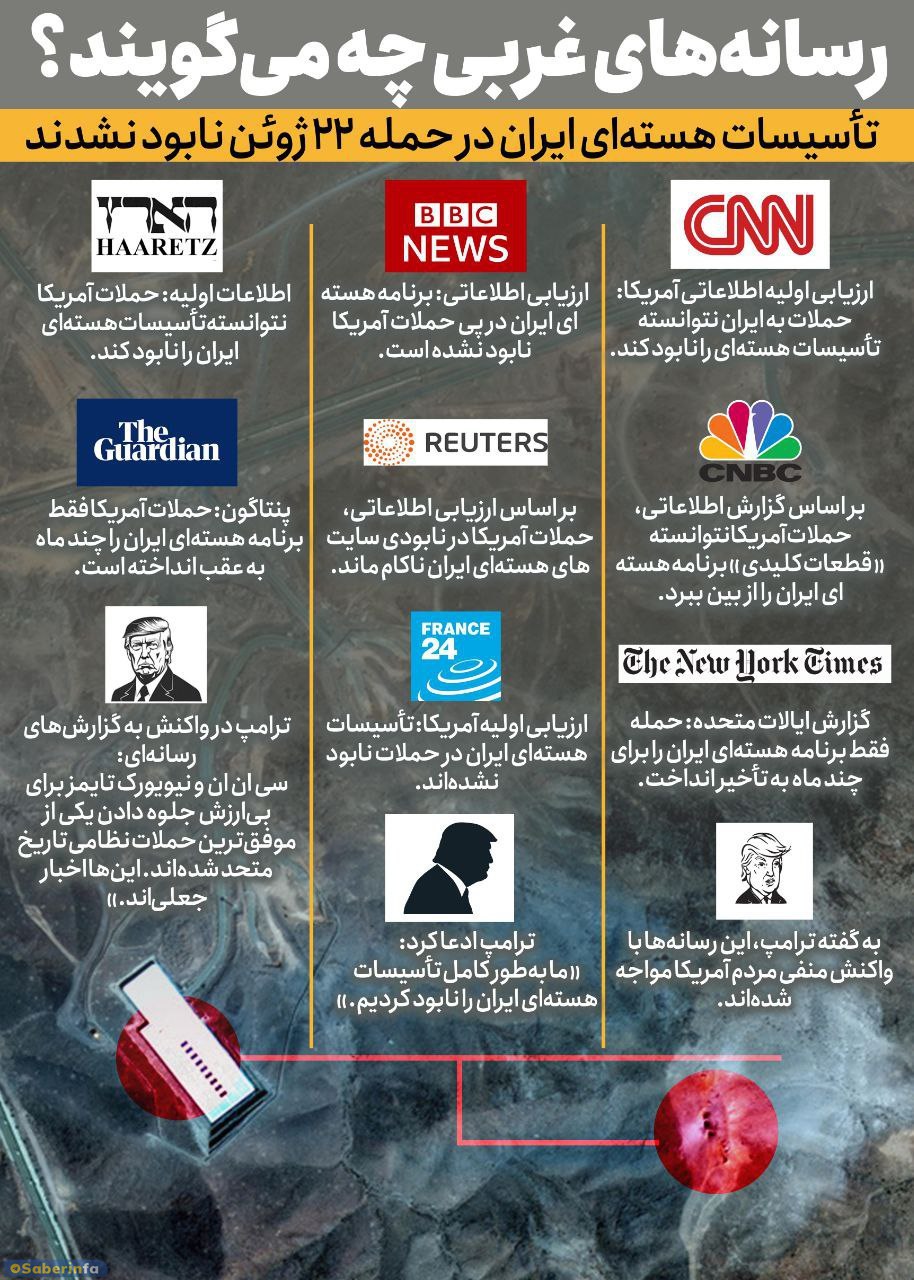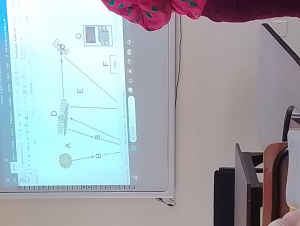- Teacher: Mustapha Ramadhan
University of Tehran
-
Welcome to your new Gnomio site
Now, you are in control!
Moodle is an open-source Learning Management System (LMS) that provides educators with the tools and features to create and manage online courses. It allows educators to organize course materials, create quizzes and assignments, host discussion forums, and track student progress. Moodle is highly flexible and can be customized to meet the specific needs of different institutions and learning environments.
Moodle supports both synchronous and asynchronous learning environments, enabling educators to host live webinars, video conferences, and chat sessions, as well as providing a variety of tools that support self-paced learning, including videos, interactive quizzes, and discussion forums. The platform also integrates with other tools and systems, such as Google Apps and plagiarism detection software, to provide a seamless learning experience.
Moodle is widely used in educational institutions, including universities, K-12 schools, and corporate training programs. It is well-suited to online and blended learning environments and distance education programs. Additionally, Moodle's accessibility features make it a popular choice for learners with disabilities, ensuring that courses are inclusive and accessible to all learners.
The Moodle community is an active group of users, developers, and educators who contribute to the platform's development and improvement. The community provides support, resources, and documentation for users, as well as a forum for sharing ideas and best practices. Moodle releases regular updates and improvements, ensuring that the platform remains up-to-date with the latest technologies and best practices.
Links of interest:
(You can edit or remove this text)-
Climatology
-
Available courses

This course equips the learner with knowledge on geography of natural hazards in different geographic arena .
GEOGRAPHY OF NATURAL HAZARDS COURSE OUTLINE
1. Introduction to Natural Hazards
- Definitions: Distinction between *hazards*, disasters, and risk
- Classification: Geophysical, hydrometeorological, and biological hazards .
2. Tectonic Hazards
- Earthquakes, tsunamis, and volcanic eruptions: Causes, distribution, and impacts .
- Case studies (e.g., 2004 Indian Ocean tsunami) .
3. Hydrometeorological Hazards
- Floods, cyclones, and droughts: Mechanisms and regional examples (e.g., Kenya’s drought cycles) .
4. Geomorphological Hazards
- Landslides and erosion: Triggers (e.g., deforestation, rainfall) and mitigation .
5. Disaster Risk and Vulnerability
- Social, economic, and environmental factors influencing vulnerability .
- Contrasts between High-Income Countries (HICs) and Low-Income Countries (LICs) .
6. Disaster Preparedness and Mitigation
- Early warning systems, community-based risk reduction (e.g., CBDRM frameworks) .
- Policy frameworks (e.g., UNDP Disaster Management Training Programme) .
7. Climate Change and Hazard Intensity
- Linkages between global warming and increased frequency/severity of hazards .
8. Case Studies in Disaster Management
- Analysis of global and local disasters (e.g., landslides in India, floods in Kenya) .
9. Geospatial Techniques in Hazard Mapping
- Use of GIS and remote sensing for risk assessment (aligned with geospatial programs like MMARAU’s BA) .
10. Ethics and Future Challenges
- Ethical considerations in disaster response (e.g., equity in aid distribution) .
- Emerging trends: Urbanization, population growth, and hazard resilience .
- Teacher: Mustapha Ramadhan
- Teacher: Gladys Wagura

- Teacher: Mustapha Ramadhan
- Teacher: Gladys Wagura
